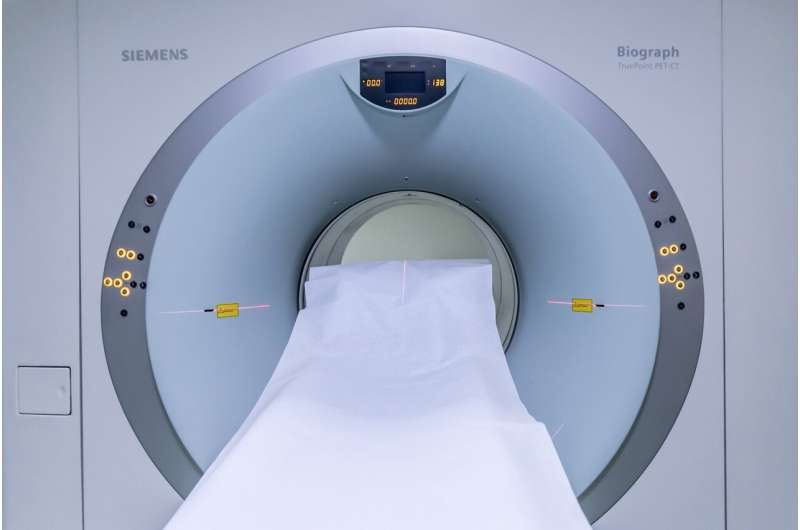Reducing Energy Waste: Turning Off Idling CT Scanners Can Save Significant Power

A groundbreaking Australian study shows that turning off idle CT scanners saves energy equivalent to powering a household for a year, highlighting sustainable practices in healthcare.
In hospitals, CT scanners are often kept running continuously to ensure availability for emergency procedures, leading to considerable energy consumption. Recently, a pioneering Australian study demonstrated that simply turning off a CT scanner when idle can save up to 140 kilowatt-hours (kWh) of energy weekly. This amount is enough to power an average Australian household for an entire year. Researchers at a New South Wales hospital found that by switching off a surplus CT machine overnight and during weekends, energy use decreased by approximately 32%. Medical imaging contributes nearly 1% to global greenhouse gas emissions, comparable to Australia's total annual emissions, with the carbon footprint impacted by the energy source mix—most notably coal in NSW. Naomi Gibson, President of the Australian Society of Medical Imaging and Radiation Therapy, emphasizes that many radiographers are eager to adopt eco-friendly practices. She encourages other departments to consider turning off idle equipment as a simple yet effective way to reduce their environmental impact without compromising patient care. A survey revealed that most radiographers found no disruption to workflows and intend to continue this practice, reflecting growing awareness around sustainability in healthcare. The broader medical community supports such initiatives, aligning with Australia’s national Net Zero plan aiming for a sustainable health system by 2050.
Stay Updated with Mia's Feed
Get the latest health & wellness insights delivered straight to your inbox.
Related Articles
New Research Suggests Omega-3 Fats Might Increase Certain Inflammatory Markers
Emerging research indicates that omega-3 fatty acids, commonly believed to reduce inflammation, may actually elevate certain inflammatory markers, highlighting the complex relationship between dietary fats and health.
Biweekly TAS-102 Dosing Reduces Toxicity While Maintaining Effectiveness in Colorectal Cancer Treatment
A new study shows that biweekly dosing of TAS-102 can effectively treat metastatic colorectal cancer with fewer side effects, improving patient outcomes and quality of life.
Trends in Prescription Stimulant Use for ADHD Among U.S. Teens from 2005 to 2023
An analysis of U.S. adolescent stimulant use from 2005 to 2023 shows rising medical prescriptions for ADHD and a decline in nonmedical use, emphasizing the importance of ongoing monitoring.
Innovative Molecular Mapping Technique Revolutionizes Heart Disease Research
A new molecular mapping method developed by researchers at the University of Copenhagen provides detailed insights into the causes of heart diseases, paving the way for targeted treatments and improved diagnostics.



